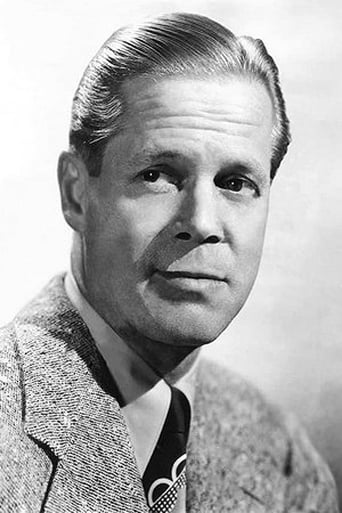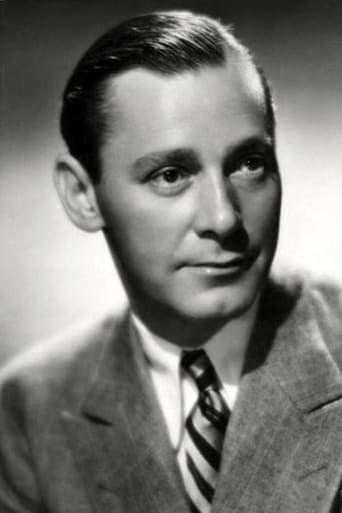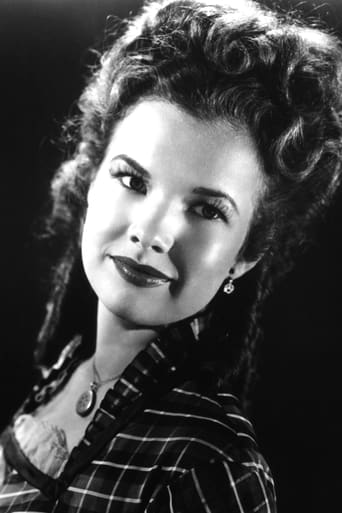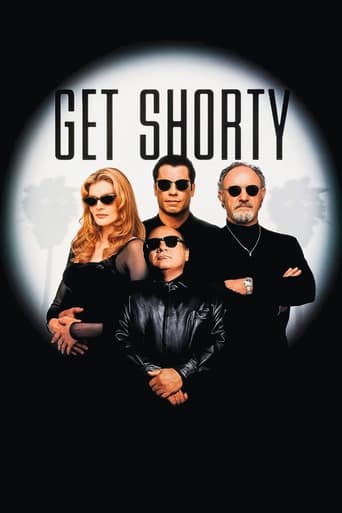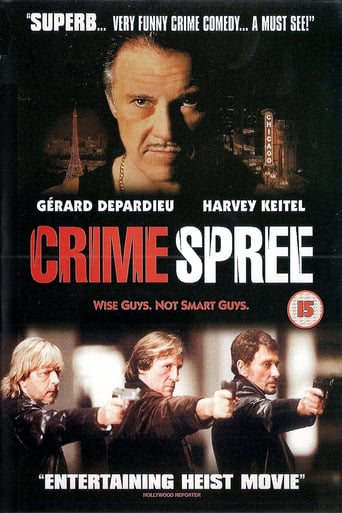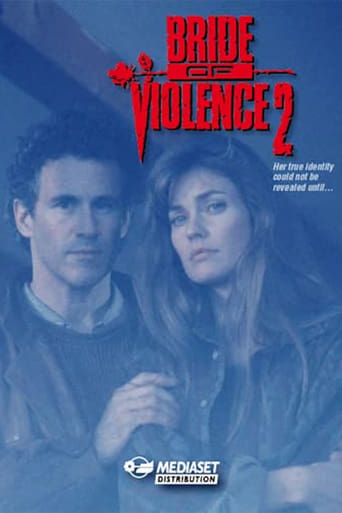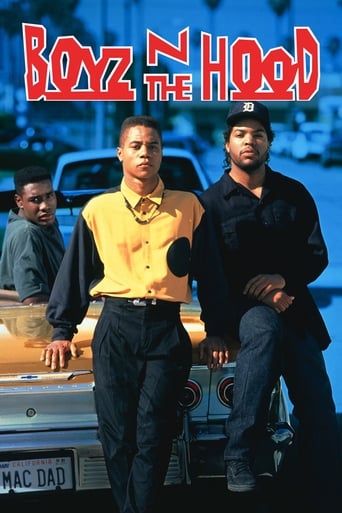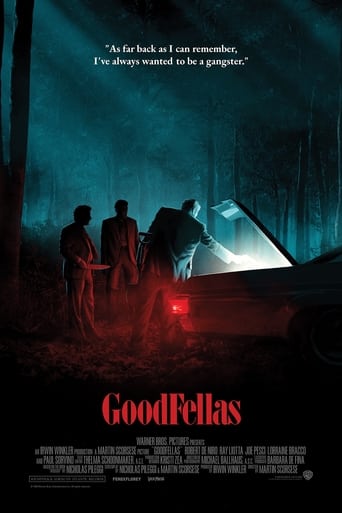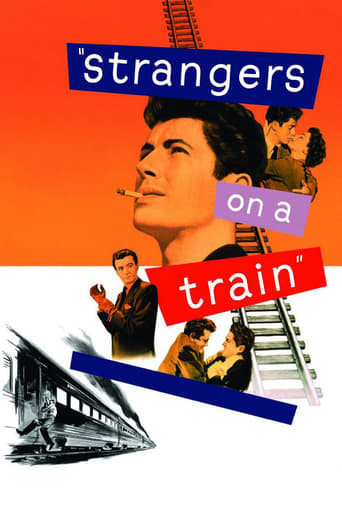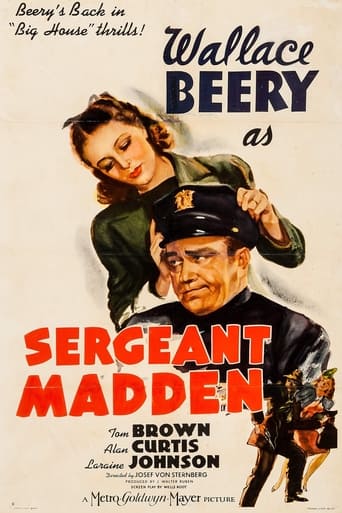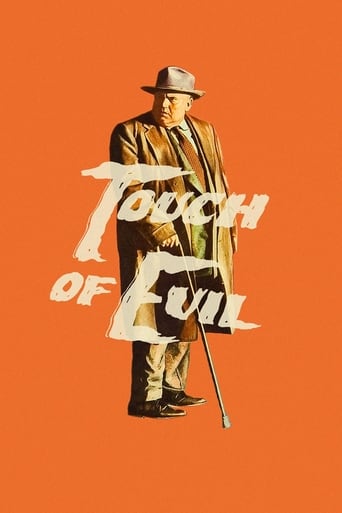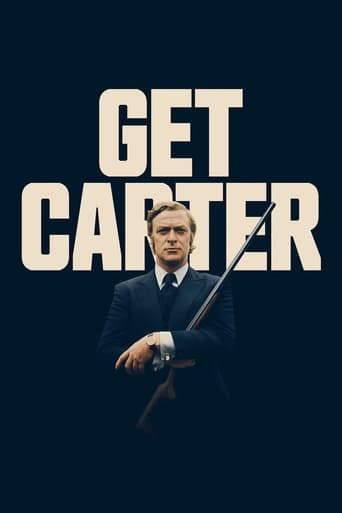
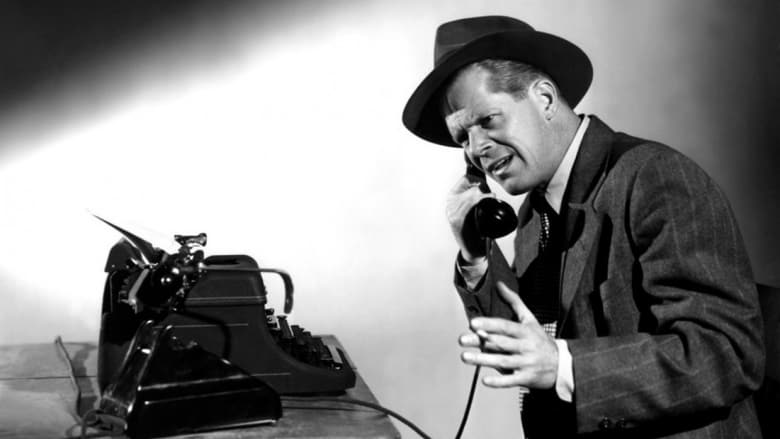
The Underworld Story (1950)
A blacklisted reporter brings his shady ways to a small-town newspaper after being fired from a big city daily.
Watch Trailer
Cast


Similar titles
Reviews
So much average
Fresh and Exciting
It's not great by any means, but it's a pretty good movie that didn't leave me filled with regret for investing time in it.
The film never slows down or bores, plunging from one harrowing sequence to the next.
Mike Reese is a reporter who is about as sleazy as they come. He must be, he's played by Dan Duryea in the Cy Endfield noir gem. Chuck Tatum of ACE IN THE HOLE has nothing on Mike - except that he probably makes a bigger salary.Mike's lost his job because given some confidential info about a mobster's secret testimony, Mike runs it in the paper that employs him which causes the bad guys to know just where to ambush the man testifying. Sure, the paper is equally at fault, but they'll get off by printing an apology, Mike's the scapegoat.With a stake provided by the local New England gangster who benefited most from the silenced witness, Mike buys into another suburban newspaper. Shortly thereafter, the murder of the daughter-in-law of a prominent publisher and the cover-up, as well as the innocent black woman accused of that murder, has Mike manipulating all in his path to make his way back to the top and a few bucks on the side.As the guilty person says of the accused: "She's a n-word, who is going to take her word over ours?" This one is that gritty, but it moves with B movie speed not trying to make a social statement. Or is it? What happened to director Endfield, having to relocate to England owing to HUAC, has some reviewers reading "witch hunt" into the narrative. But if one didn't know the personal history, it's a riveting tale anyway that reveals the levels and layers of corruption and also of the depths of sacrifice. Subtext is just as often the baggage one brings to a film as opposed to what the director installs.Gale Storm, Herbert Marshall, Harry Shannon, Michael O'Shea and Howard da Silva in what seems to be a return to the kind of character he played in THE BLUE DAHLIA all figure prominently. Mary Anderson plays the accused black woman and there's a bit of irony now in that casting (beyond her being Caucasian) - her brother James Anderson played the vicious Bob Ewell in TO KILL A MOCKINGBIRD. She would also play Duryea's wife in CHICAGO CALLING a couple of years later. Both films are highly recommended.
Duryea's Mike Reese has all the scruples of a pinball with about that many scheming twists and turns. It's perfect casting for that unusual performer. Fired from a city newspaper, reporter Reese uses mob money to buy into a sleepy suburban paper, where he exploits a sensational murder for private gain. For its time, the movie's about as cynical as they come. Still, this crime drama's a genuine sleeper with few punches pulled until the Code enforced ending that unfortunately isn't very convincing. What the story does show in fairly unsparing style is how corruption can reach into a town's highest levels. The narrative is pretty plot heavy so you may need the proverbial scorecard. But it's an intelligent screenplay, providing plausible motivation for the various misdeeds. I suspect the movie's title comes from the role the underworld plays in doing the dirty work for more respectable members of society, and then exploiting the connection for nefarious purposes (Stanton & Durham). It's the connection between the two worlds that appears to be the main theme. DeSilva plays the mob boss in unusually jovial fashion (perhaps too much), along with occasional hints of snarling menace.I wouldn't expect a cheerleader type like Gale Storm to be in a crime movie, but she does a believable job as the struggling suburban publisher, put into a fix by her recently deceased dad. I kept expecting something to develop between her and the high-powered Reese, but this is not a movie of clichés.As I recall, the film was taken to task for casting a white woman (Anderson) in the important role of the "Negro" maid Molly. Now, there's a question of why the maid would be made a Black woman in the first place since her race is not a factor in plot development. And second, why cast an obvious white woman in the part, which only invites unneeded curiosity. I'm not sure what the answers are, but leftist writer Blankfort and director Endfield may have wanted to make a racial statement that didn't make it to the screen. But whatever the reason, the casting remains a false note in an otherwise thoughtful screenplay.Several notable social themes do emerge. Note how easily a well-meaning public is fleeced by Reese and the shyster lawyer, after offering up their hard earned money to the defense committee. Then there's the town's wealthy establishment that can ruin anyone who crosses them, including Reese and his newspaper. Or the yellow journalism that will print whatever promises to make money. Just as importantly, these key topics play out in fairly subtle, non-preaching fashion.Director Endfield shows here, as in his powerful Sound of Fury, aka Try and Get Me (1950), that given the chance away from his Joe Palooka programmers, he could do social conscience films with the best of them. Note the many careful touches in this film—the shabby people lined up to donate to the defense committee, the defining bust of Napoleon discretely behind editor Lee's (Dunne) desk, Lee slyly opening the door behind Reese despite what he's saying. Too bad Endfield finished his career in England after falling victim to the blacklist.All in all, the movie's not as powerful as Sound of Fury, but it does avoid clichés and remains consistently engaging and unpredictable. Endfield appears fascinated in both films with yellow journalism and how it's used to exploit society, a worthy topic for any period. Editor Reese is nothing if not entrepreneurial in his schemes, with the money-making ideas spitting out as fast as a machine gun. It's an impressive lead performance by the great Duryea. Anyway, except for the occasionally cheap sets and unconvincing climax, this obscure indie production remains a genuine sleeper.
Deceptively titled, The Underworld Story boasts only tenuous connections to organized crime. It's a newspaper story that centers around a high-profile murder with racial overtones. But its crusading tone and topical allusions never grow strident and don't overwhelm some adroit plotting and incisive character study.Big-city reporter Dan Duryea finds himself in a jam that makes him persona non grata to his newspaper, the district attorney's office and underworld boss Howard Da Silva. Broke and blacklisted, he buys himself a partial stake in a struggling community paper, The Lakewood Gazette, owned by Gale Storm, who's put off by his brash ways and temporizing ethics. But a headline story breaks right there in the idyllic New England town: The daughter-in-law of press baron Herbert Marshall has been murdered, and Duryea seizes the chance to run with the scoop.It's not a whodunit, though; the killer, it's clear from the outset, is Marshall's snivelling son (Gar Moore, who sounds like HAL the computer). But when the murdered woman's black maid (Mary Anderson) goes missing, Marshall sees opportunity to whip up public sentiment against her. Storm, who knew the maid, trusts in her innocence; Duryea, on the other hand, waits to see which outcome might profit him most. When The Gazette starts a defense fund for Anderson, Marshall and his son start running scared and seek a favor from Da Silva to put a stop to the tenacious Duryea, who's been won over by Storm....The Underworld Story's a modest movie that's well put together (it looks great, too, photographed by Stanley Cortez, who also shot The Magnificent Ambersons and Night of the Hunter). But it belongs to Duryea, who could play affable but slithery better than anybody, and his twists and turns keep us guessing. Reminiscent of 30s socially-conscious cinema more than film noir, The Underworld Story also shows that decade's story-telling verve. It's been purged of preaching, so when one character remarks `Looks like they're burning witches again,' we suddenly recall that its release came in the midst of the Hollywood anti-Communist witch hunt, and that at least two of its principals director Cy Endfield and Da Silva were among its victims.
What makes this little crime movie as effective as it is, has something to do with the casting of unconventional Dan Duryea in the lead as the unscrupulous reporter. He's a lot like Willem Dafoe with the way he talks out of the bottom of his mouth - like a ventriloquist's dummy - and I mean that in a good way. Had they cast a more conventional leading man in the part like a Jimmy Stewart, for example, I don't think it would've worked as well, because Duryea really does come across as quite a heel, a low-life. It just isn't clear to the viewer if he should root for him or not, so that when he does undergo a change in character, it comes as a surprise rather than a foregone conclusion.The movie also provides Howard Da Silva with one of his last roles before he was to be blacklisted for over 10 years. Always good at playing thugs, he's quite colorful and does a lot of scenery chewing as a powerful crime figure.The script is intelligent and gritty, and the photography is appropriately stark and oppressive.


